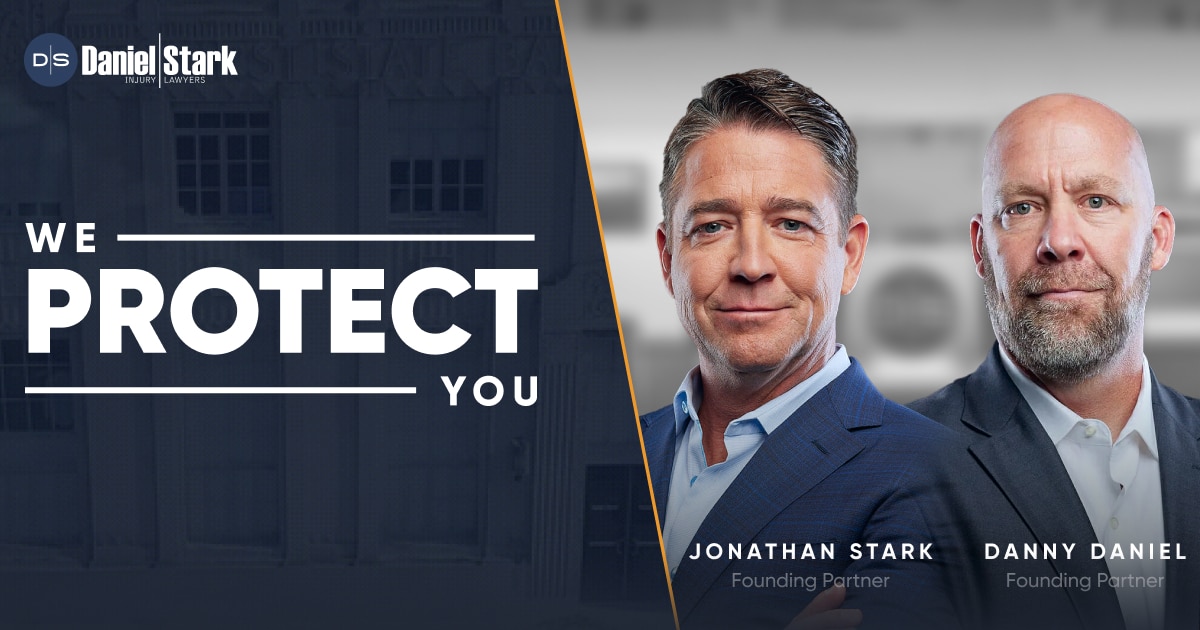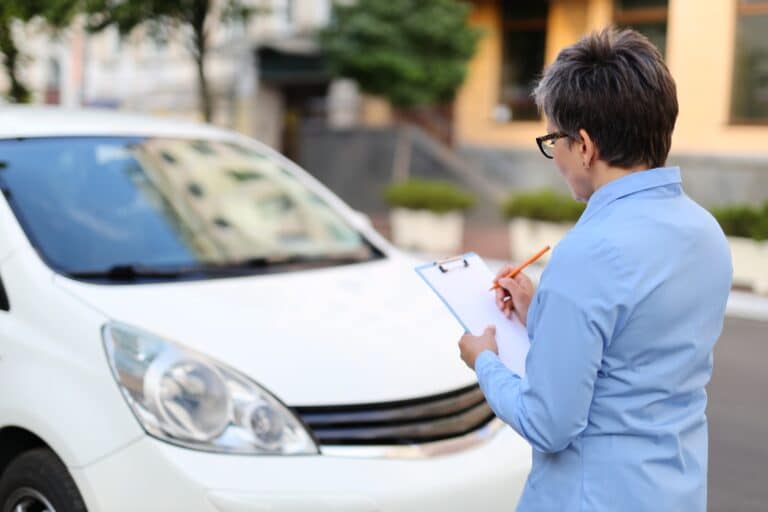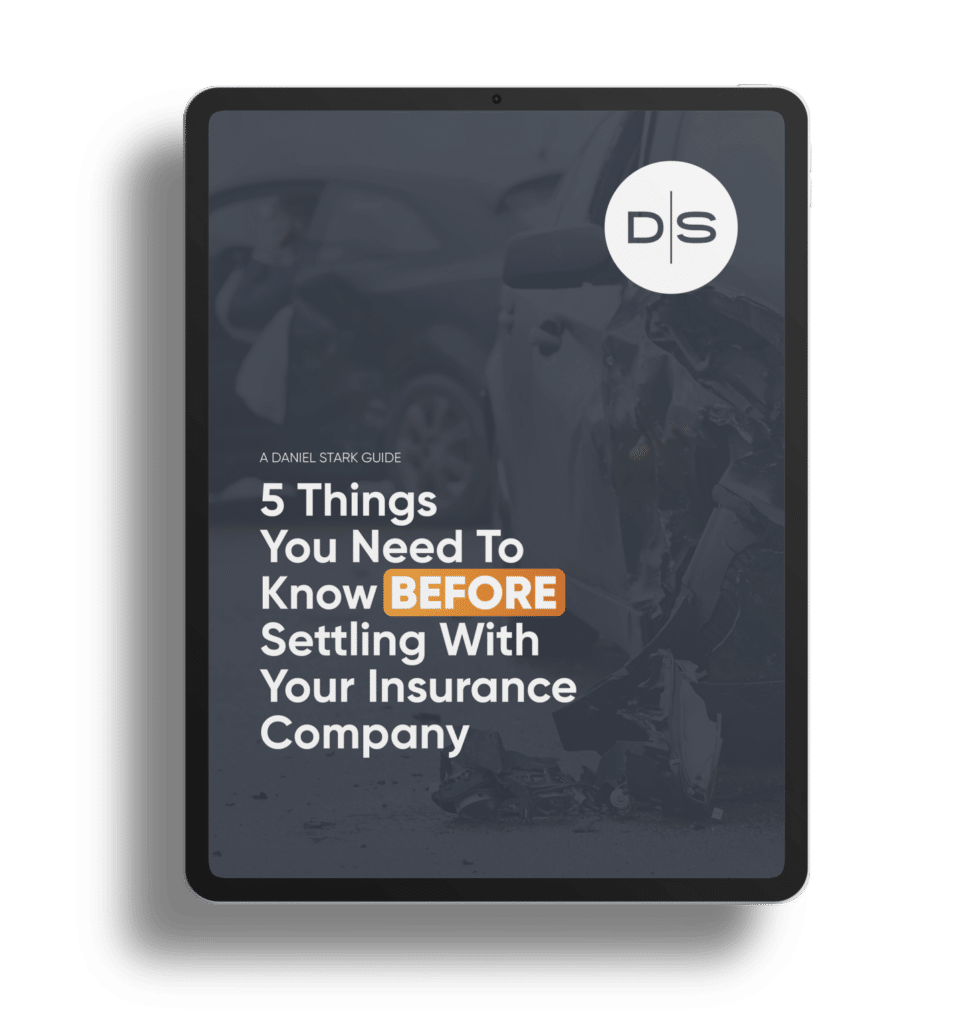There truly is no better feeling than the joy that comes with being a new parent. Holding the tiny, beautiful human that you’ve created triggers a wonderful flood of emotion that can never be put into words. But with that joy also comes a fierce and primal instinct to protect your child from the innumerable dangers that lurk outside of the delivery room.
For my wife and I, the convenience of becoming new parents in the age of Google has tended to send random safety-related parenting questions down confusingly terrifying rabbit trails of advice, articles, and often misinformed commentary. Omega 3s are good for the baby…but don’t eat too much fish or your child can be poisoned by mercury! Breastfeed or formula? Keep baby warm, but watch out for SIDS! To vaccinate or not to vaccinate?
Out of all the fears that the internet instilled in me about becoming a parent, the statistics and warnings about car wrecks and child safety seats were some of the most concerning. Motor vehicle crashes are the leading cause of death for children ages 2 to 14 according to the National Highway Traffic Safety Administration Fatality Review Fact Sheet. Children passenger restraints save lives. Child safety seats reduce risk of death by 71% for infants (less than one year-old) and by 54% for toddlers (one to four years old) in passenger cars, according to NHTSA.
While using a child safety seat is a good start, it must be used correctly to give the most protection to our most precious cargo. More than 81% of child restraints are used incorrectly, including 88% of forward-facing toddler seats, 86% of rear-facing infant seats, and 85% of safety belts, as determined by Child Passenger Seat Inspection Stations across the country, according to a study done by the National SAFE KIDS Campaign. (National SAFE KIDS Campaign. February 2002. Child Passengers at Risk in America: A National Study of Restraint Use.) The same survey concluded that a third of children (33%) ages 14 and under ride in the wrong restraint-type for their age and size.
The danger doesn’t end after kids outgrow their rear-facing and forward-facing car seats. Children ages four to seven who use booster seats are 59% less likely to be injured in a crash than children who were restrained only by safety belt. A recent NHTSA study also found that only a few children who should be riding in booster seats are doing so.
When it comes time for your baby’s first car ride, you can’t help but clench the wheel a little tighter. Making sure your newborn is properly secured in a car safety seat on their first ride home and every ride thereafter is one of the most critical safety functions a parent has to perform. However, just like other parenting decisions, choosing and maintaining a car seat that fits your child as they grow can be confusing. But try not to worry too much; you aren’t alone in your confusion and there are many resources to help you make sure your child is properly secured.
Last year, as we were awaiting the arrival of our son, my wife and I spent plenty of time reading up on the dos and don’ts of car seat use. After viewing dozens of car seat options, reading thousands of online reviews, and searching for safety recalls, we finally settled on an infant car seat. The big day came and we welcomed a healthy, happy baby boy into the world. The ride home went off without a hitch. Months later, wanting to live out our core value of “work hard, play hard”, we even took our son along on a road trip vacation to Colorado. While I expected hours of misery and pictured being stuck in traffic with a crying baby, it actually went much smoother than expected. Having a car seat that was a proper fit for our son helped us peacefully and safely navigate the 14+ hour drive.
We were happy with our choice of car seat until one night in late December. As I was watching the Aggies struggle on the football field against Louisville, someone took advantage of my distraction and broke into both of our cars parked in the driveway. Luckily, we didn’t keep many valuable in the cars, but the thief did manage to steal 2 things that were critical to our daily routine: the car seat and the stroller.
After the initial shock and feeling of violation wore off, I realized that if someone was willing to commit a serious crime just to get their hands on a car seat, they obviously needed it more than we did. Perhaps the criminal just had plans to resell the car seat but failed to realize that the market for second-hand car seats is nearly non-existent due to safety concerns. (Few pawn shops or resale outlets accept used car seats and sites like Amazon do not allow the sale of used car seats.) It may be naive, but I would like to think that the thief had a young child at home and they desperately needed a way to secure the child in the car. We went ahead and purchased a new rear-facing car seat with a camouflage cover that has been just as functional and much more stylish! If the thief only new about the Daniel Stark car seat event, maybe they would not have needed to risk going to jail to make sure their kids have a safe place to ride.
DS Car seat event
At Daniel Stark, we want to do our part in making sure that every child has a safe car seat to ride in. Daniel Stark proudly supports National Seat Check Saturday—an annual event that teaches parents how to properly install a car seat and secure their children, as well as when to transition to another type of car seat as their children grow. Join us on Saturday, September 24, 2016, from 8:30 a.m. to 11:30 a.m. at the Bryan Towne Center for a free inspection of your child’s car seat.
Safety Tips
If you can’t make it out to the event, there are some great resources available to make sure your child in in the right seat. Safercar.gov is a great place to start, but here are some other tips for safe car rides:
NHTSA breaks child safety seats into four categories: (1) Rear-Facing; (2) Forward-Facing; (3) Booster Seats and; (4) Seat belts. There are several seats that can be converted from rear to front facing, as well as all-in-one that can change from a rear-facing seat to a forward-facing seat (with a harness and tether) and to a booster seat as a child grows. With each type of seat, there are some basic safety guidelines to follow.
All Car seats:
- Every safety seat is different; read and follow the manufacturers recommendations and the user manual.
- A child is always safer in the back seat, no matter what age.
- More expensive does not always mean a seat is safer. Read the ratings. (http://www.consumerreports.org/cro/car-seats.htm).
- Try out the seat before you keep it.
- Always check the recall database for dangerous child seats. (http://www-odi.nhtsa.dot.gov/recalls/childseat.cfm)
- Car seats should be replaced following a moderate or severe crash in order to ensure a continued high level of crash protection for child passengers.
- Avoid buying a used car-seat if possible. If you must, ask if the seat was ever involved in a crash. Check for cracks or weakened materials. Always obtain a copy of the owner’s manual and check for recalls.
Rear-Facing:
- Face rearward only, reclined at 45-degree angle.
- Harness slots should be at or below baby’s shoulders.
- The harness chest clip should be at armpit level.
- Harness straps should lie flat, not twisted.
- May require the use of a tightly rolled towel to allow for proper recline angle
- An infant’s head should stay at least 2 inches below the top of the child seat. If the infant is tall but not yet 20 pounds, move the infant into a convertible car seat used rear facing. If the infant is not yet one year, but weighs over 20 pounds, move the infant into a convertible seat which is recommended for a child up to 25-35 pounds. This seat is also placed rear facing.
Front-facing:
- Harness slots should be at or above baby’s shoulders.
- The harness chest clip should be at armpit level.
Booster Seats:
- Harness straps should be at or above child’ s shoulders.
- The harness chest clip should be at armpit level.
- Remove harness when child reaches 40 pounds and use the vehicle’ s adult lap and shoulder belt across child belt positioning booster.




